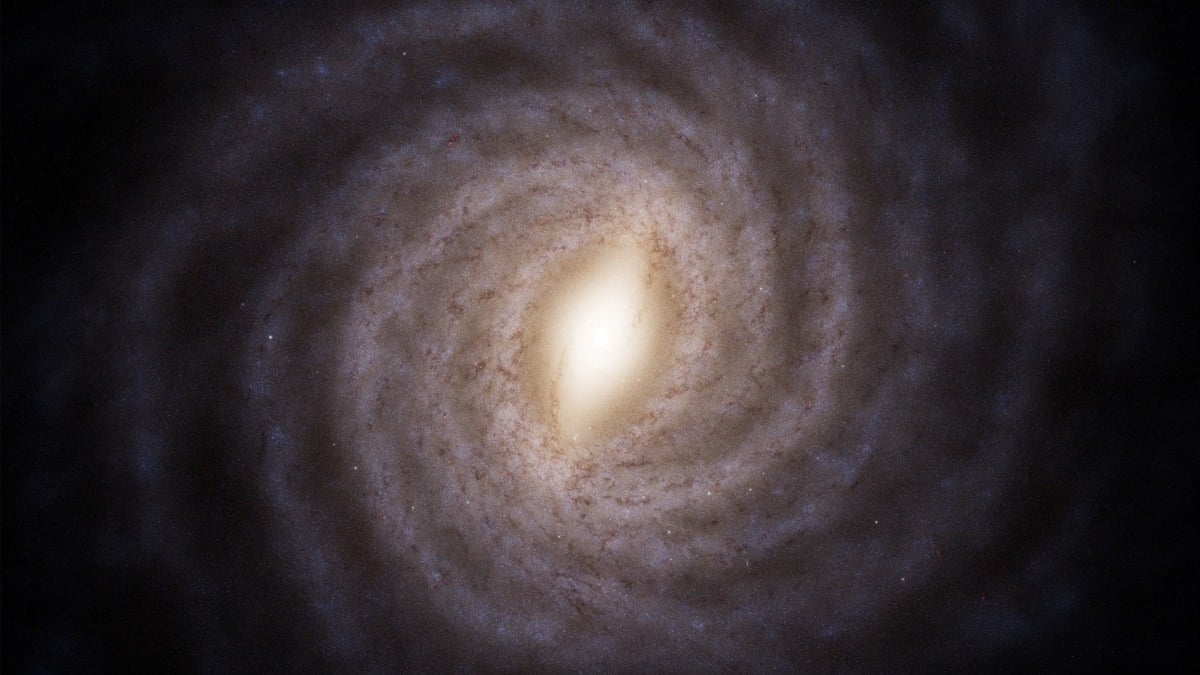Astronomers Poring Through a Now-Retired space Telescope’s data has spoiled a bizarre family of fledgling stars breaking all the rules of how they’re expected to behave.
The star group, which scientists have recently named Ophion, Consists of more than 1,000 stars that formed togeether but are now Scattering at high speedsStars that share the same birthplace usually migrate together for millions to billions of years.
But option, just 20 million years old, is alredy flying apart in a fraction of the time it’d usually take to disperse. Researchers say all of these relatives are about to become estranged, complete removed from their ancestral home.
The discovery, made with the european space agency’s Gaia Star-Surveying SpacecraftCould Change How Astronomers Find and Study Stellar Groups – and Reveal Previous Unknown Ways They Shape the Milky Way.
“Ophion is filled with stars that are set to rush out across the galaxy in a totally haphazard, uncoordinated way, which is far from what we’d expert for a family so big,” Said Dylan Hunn Huns Washington university in a statement“It’s like no other star family we’ve seen before.”
Mashable light speed
In this graphic, dots show the location of option, a young star family discovered by the now-revered gaia mission.
Credit: ESA / Gaia / DPAC Graphic
To find ophion, scientists used a new machine-less computer tool to analyze data from gaia, which mapped the galaxy for more than a decade but retired, it was found of fuel. Thought the mission concluded This year, these new findings are a tease to another vast data release Expected in 2026.
Gaia has revised long strings of stars That has styed togeether for billions of years and even uncovered old Star Streams That helped shape the galaxy itself.
The tool, Aptly named Gaia Net, have sifted through the massive Amount of Survey Data and Figured out Basic Traits of Stars, Such as their Temperatures, Sizes, Ages, and ingredients.
By searching for young stars, gaia net homed in on the young family about 650 light-yars Away, a relatively short distance in cosmic scales. The new paper, LED by Huson, appears in The astrophysical journey.
The exact reason for open’s strange behavior is still unclear. One Idea is that Powerful Events Near the Group – Like explosions of Old Stars Into supernovas – Might have pushed the stars apart. Another Idea is that Nearby Star Groups May have disrupted Ophion with their energy and gravity.
Whatever the Cause, Ophion Seemingly Escped Traditional Methods of Detection because they relay on spotting stars that move similarly through space. Because of that, there may have been a confirmation bias in only finding star familyies that behave in that specific way. Perhaps more star groups that do’t fit the mold, previously eluding results, are waiting to be found, too.
“Previous Methods Identified Families by Clustering Similarly Moving Stars TOGETHER, But Ophion Would Have Slipped Through Through This Net,” Said Marina Kounkel, A Co-Aauthor Bosed at The UNIVERSISISISISITY BESED ATH Florida, in a statement. “Without the huge, high-quality datasets from gaia, and the new models we can go use to dig into these, we may have been missing a big paper of theteller puzzle.”
